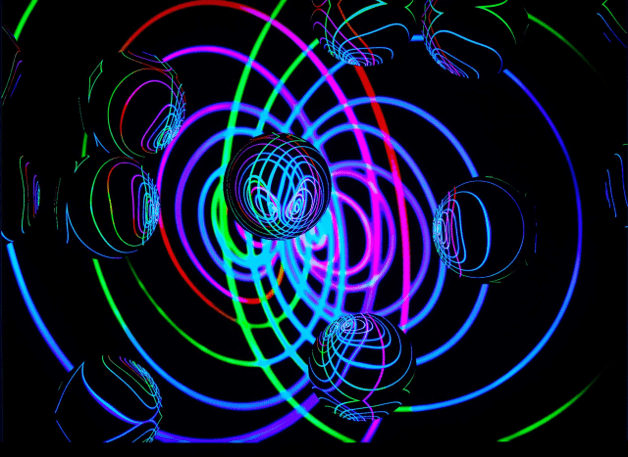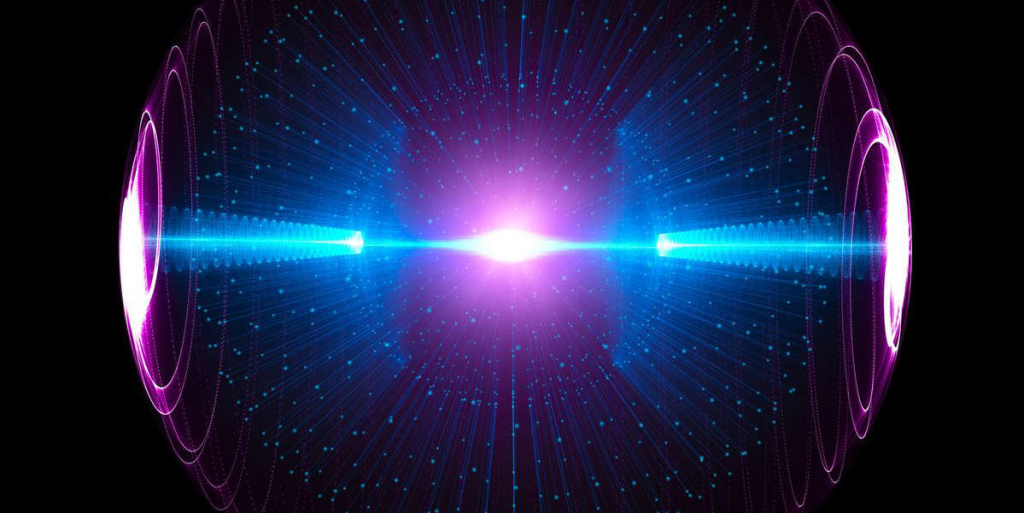In an extraordinary feat of quantum mechanics, a group of researchers has managed to draw energy out of an energy vacuum, effectively creating something from nothing.
Two separate physics experiments have demonstrated that energy can be teleported across microscopic distances using a quirk of quantum mechanics. This breakthrough was achieved by building upon the 2008 theory of Masahiro Hotta, a theoretical physicist from Tohoku University. While his theory was initially disregarded, these new experiments have proven the possibility of drawing energy from the quantum vacuum, altering the scientific community’s perception.

Hotta’s theory was based on the idea of the teleportation concept, which involves drawing energy from nearby into a vacuum through fluctuations in quantum fields and subsequently utilizing it, according to a new report from Quanta.
He theorized that negative energy was not an independent action and then researched the quantum vacuum. His calculations suggested that energy could be teleported between two different areas by exploiting the fluctuations in the quantum fields.

The teleportation concept was successfully tested twice by teams of scientists from the University of Waterloo and Stony Brook University, who could teleport energy across microscopic distances in two separate quantum devices. These experiments demonstrated the validity of Hotta’s theory and revealed that energy could be extracted from an area devoid of energy by allowing an energy vacuum in a different space to access energy when it is used up in one area.
Nayeli Rodriguez-Briones, one of the researchers involved in the project, commented that “it was very neat to see that with current technology, it’s possible to observe the activation of energy.”
This breakthrough in quantum mechanics is not science fiction but “real physics,” as stated by Hotta himself when questioned about the results of the new experiments.

“This really does test it. You are actually teleporting. You are extracting energy,” said Seth Lloyd, a quantum physicist at the Massachusetts Institute of Technology, who was not part of either of the research teams.
This breakthrough in the field of quantum mechanics has the potential to revolutionize energy production, paving the way for cleaner and more efficient forms of energy.
Furthermore, with more research and experimentation, this phenomenon could lead to the development of new technologies that can harness the power of the quantum vacuum and contribute to the advancement of science and technology.


